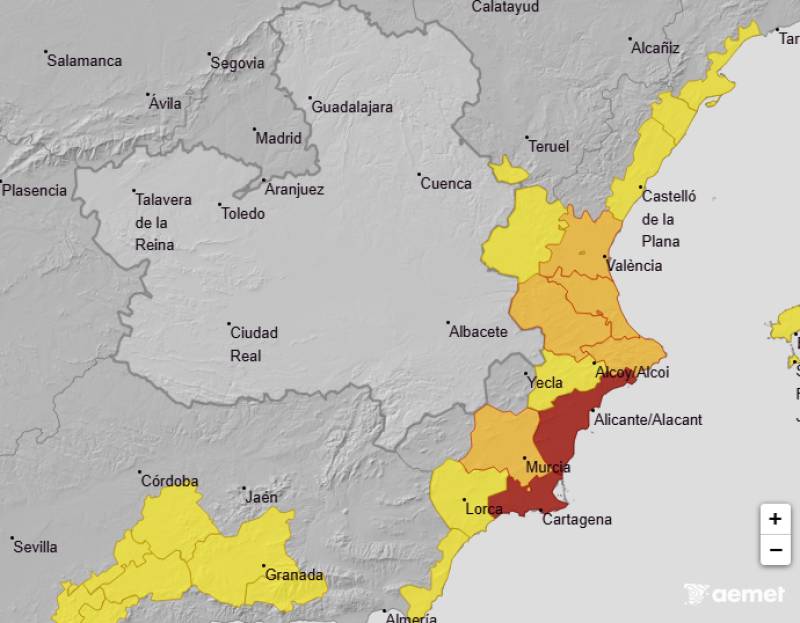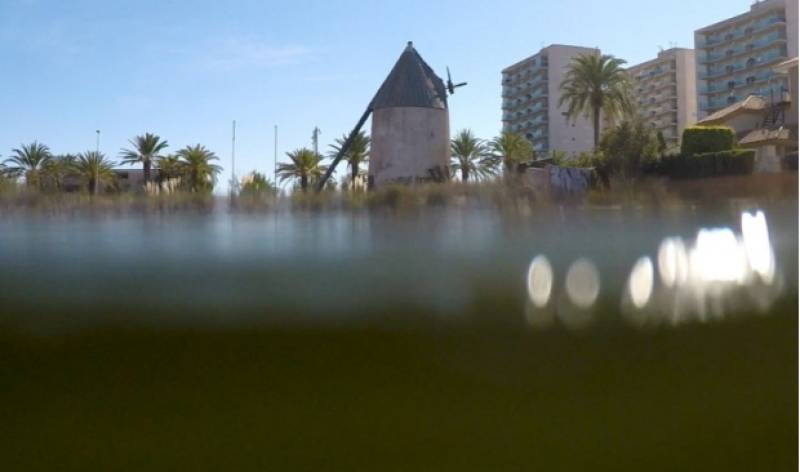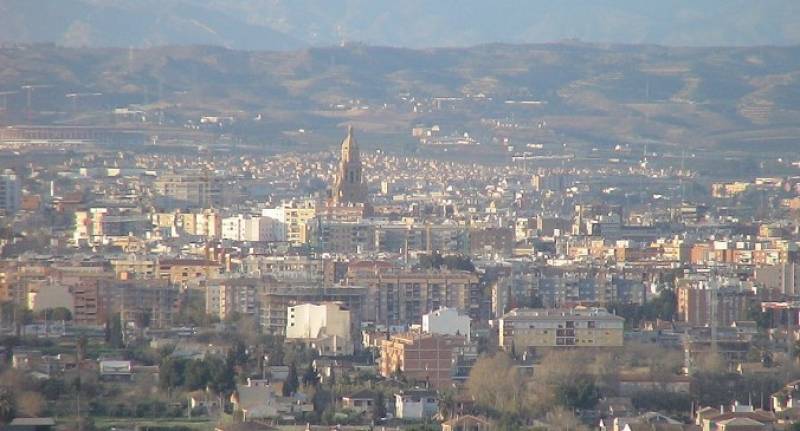

- EDITIONS:
 Spanish News Today
Spanish News Today
 Murcia Today
Murcia Today
 Alicante Today
Alicante Today
Former Murcia government ministers on trial in the Novo Carthago case
The mega-development on the shore of the Mar Menor was one of many over-ambitious schemes enthusiastically backed by the government 20 years ago

Image: part of the original plans presented in 2003
One of the main stories occupying the front pages of the regional press in Murcia this week has been the start of the trial in the Novo Carthago case, reviving memories of yet another of the large-scale development plans in the Costa Cálida which failed to prosper in the early years of this century.
Following on the success of the initial Polaris World developments, the Novo Carthago project consisted of the construction of a mega-resort close to the inland shore of the Mar Menor, in the area of the ancient monastery of San Ginés de la Jara and Llano del Beal. The plan, promoted by Hansa Urbana, was to create more than 10,000 homes, various luxury hotels, several golf courses and numerous leisure centres, a project which would have dwarfed other developments in the area such as La Torre Golf Resort and Mar Menor Golf Resort.
Like so many ambitious projects at the time, this one received enthusiastic support from the regional government – regional president Ramón Luis Valcárcel was present at the first presentation back in 2003 - but right from the start serious doubts were raised about the legality of building on the agricultural and protected land close to the largest saltwater lagoon in Europe – the Mar Menor. These doubts proved well-founded when the courts eventually established that building would not be permitted because the land alongside the salt marsh of Lo Poyo was classified as non-buildable, and was included in the Red Natura 2000 list as an area of Community Importance and a Special Birdlife Protection Sone (ZEPA).
Despite these seemingly obvious barriers to construction, the promotor and the political authorities decided there was a way to get around the obstacles and go ahead, simply by changing the rules governing land use. So there was a review of the “Plan de Ordenación de Recursos Naturales”, the document which establishes the permitted uses of land in each area, and this review seemed to open the door for the development to go ahead. The review was signed off by leading figures in the regional government, and some of them are among those now on trial, accused of reclassifying land use for their own personal gain.
Also appearing is the former Mayoress of Cartagena, Pilar Barreiro, who resigned in 2015 after 20 years in office and was later found guilty of misuse of public funds before being absolved due to lack of evidence in 2018.
When the Novo Carthago project was abandoned the cause was first stated to be the collapse of the property market following the bursting of the bubble in 2005-2008, but it has since been condemned by no less an authority than the European Commission, which even threatened to fine the nation of Spain for allowing such an idea to be put forward in the first place. Over the years the case has come to stand as a symbol not only of financial corruption but also of the degree to which supposedly sacrosanct principles can be sacrificed in the name of political and economic “progress”.
Only now, though, are the former regional government ministers Antonio Cerdá and Joaquín Bascuñana actually standing trial, accused of perversion of justice, bribery, influence trafficking and issuing false documents. Among the defence arguments so far offered has been a claim that the charges have taken so long to bring that they are no longer relevant, while Pilar Barreiro’s brief appearance consisted mainly of her repeated claim that she doesn’t recall the events (despite them having resulted in this court case looming over her for most of the last two decades).
One regional newspaper (La Opinión) states that the case of Novo Carthago now serves as a reminder of the building fever which gripped the Region of Murcia at the start of the 21st century, the snail’s pace at which the country’s judicial system moves and the continued influence of personal interests in political decision-making.
All of that is true, of course, but it also reminds us of the degree to which the Murcia government became caught up in its own hype around 20 to 25 years ago. Massive projects were constantly supported, only to fail inevitably shortly afterwards – for example, the Paramount Theme Park in Alhama, or the Marina de Cope development, almost a mirror image of Novo Carthago on the agricultural land close to Cabo Cope in the municipality of Águilas (eventually ruled illegal by the Constitutional Court).
One project which did come to fruition, although only after numerous delays, changes of heart and modifications, was the Region of Murcia International Airport in Corvera, replacing the former airport of San Javier, and even this a long way from being an unqualified success. Although the number of flights has slowly increased since the airport opened in 2019 (7 years after the initial estimate), passenger numbers are still below half what they were in San Javier in 2007, and only this week the courts have ruled that the regional government is obliged to pay construction company Sacyr (who were originally going to run the airport themselves) a further 160 million euros.
The hubris of Sr Valcárcel’s government seemed to know no limits, but as ever the benefit of hindsight now makes it clear that these deluded projects were little more than pipe dreams. Remarkably, only now are attempts being made to bring those responsible for the misuse of public funds to account.
staff.inc.and
Sign up for the Spanish News Today Editors Roundup Weekly Bulletin and get an email with all the week’s news straight to your inbox
Special offer: Subscribe now for 25% off (36.95 euros for 48 Bulletins)
OR
you can sign up to our FREE weekly roundup!
Read some of our recent bulletins:
Discount Special Offer subscription:
36.95€ for 48 Editor’s Weekly News Roundup bulletins!
Please CLICK THE BUTTON to subscribe.
(List price 3 months 12 Bulletins)
Read more stories from around Spain:




































